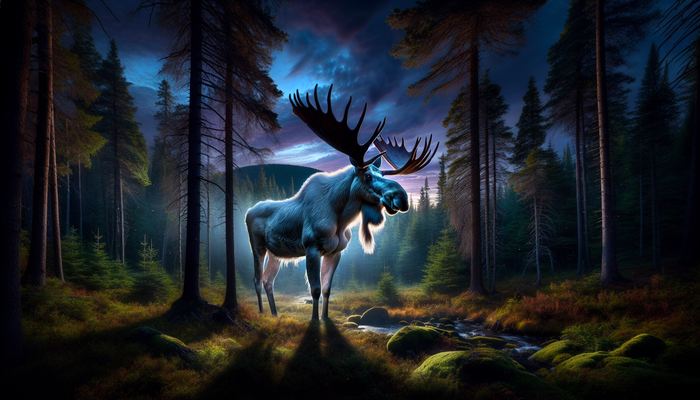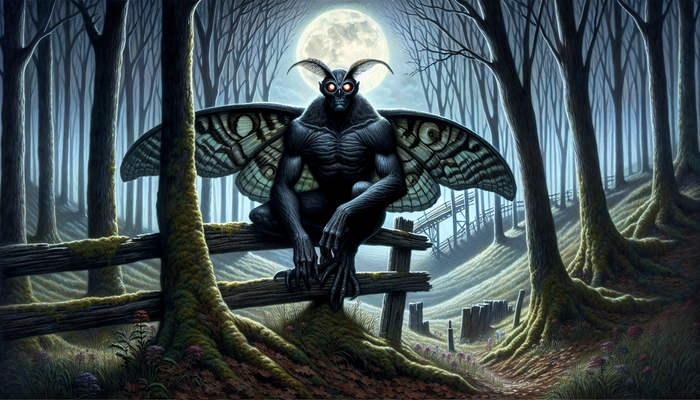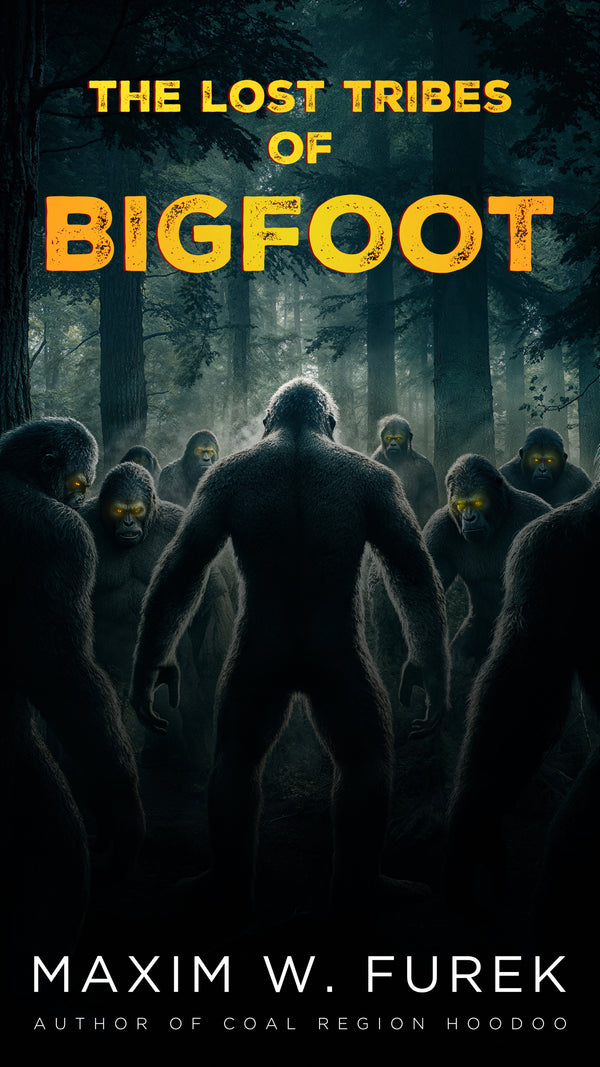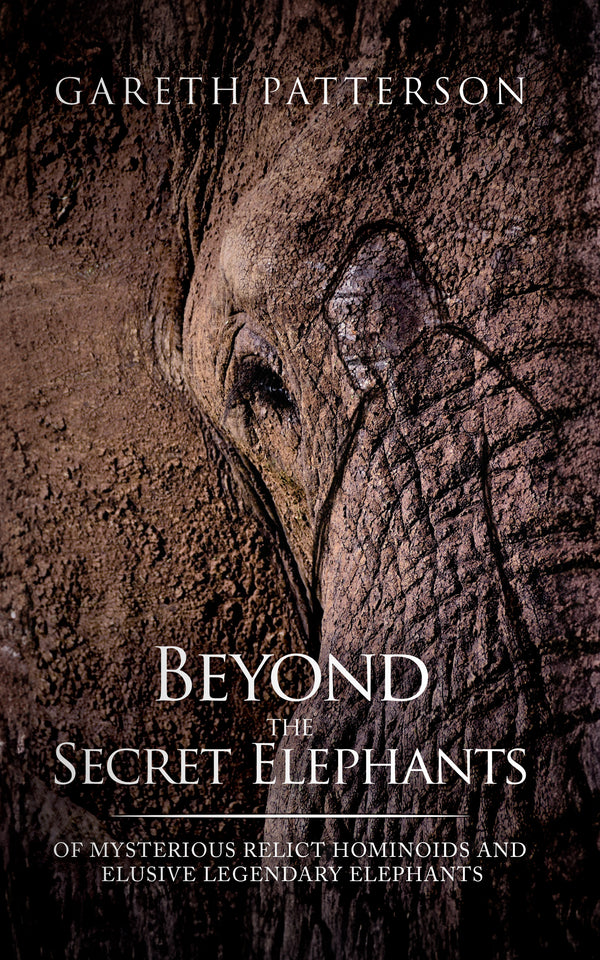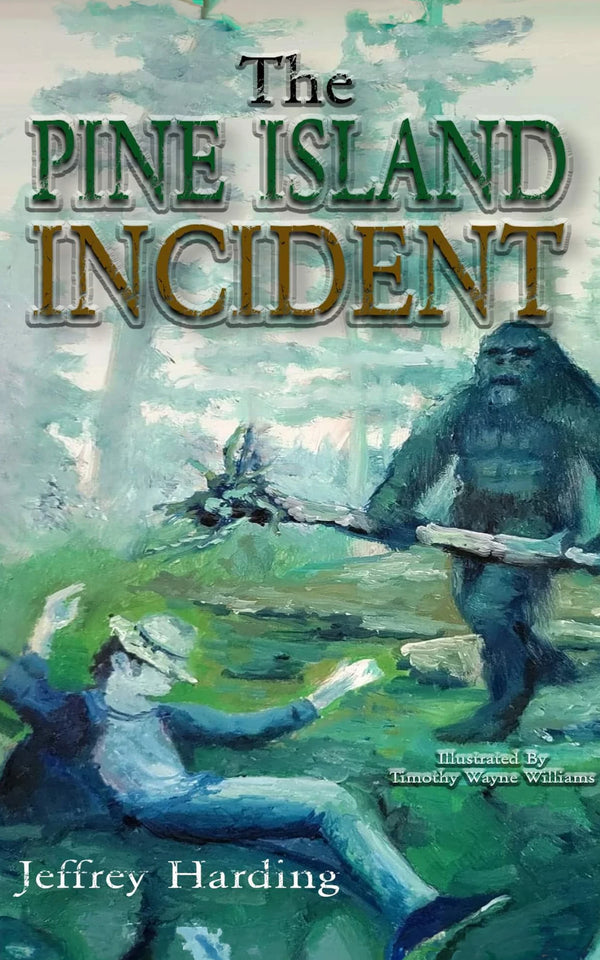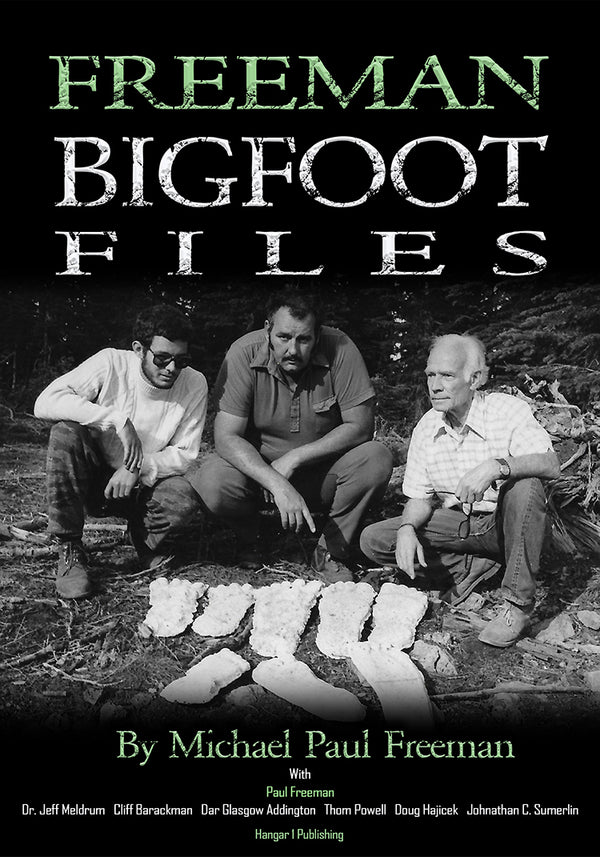South Carolina's Bigfoot Sightings
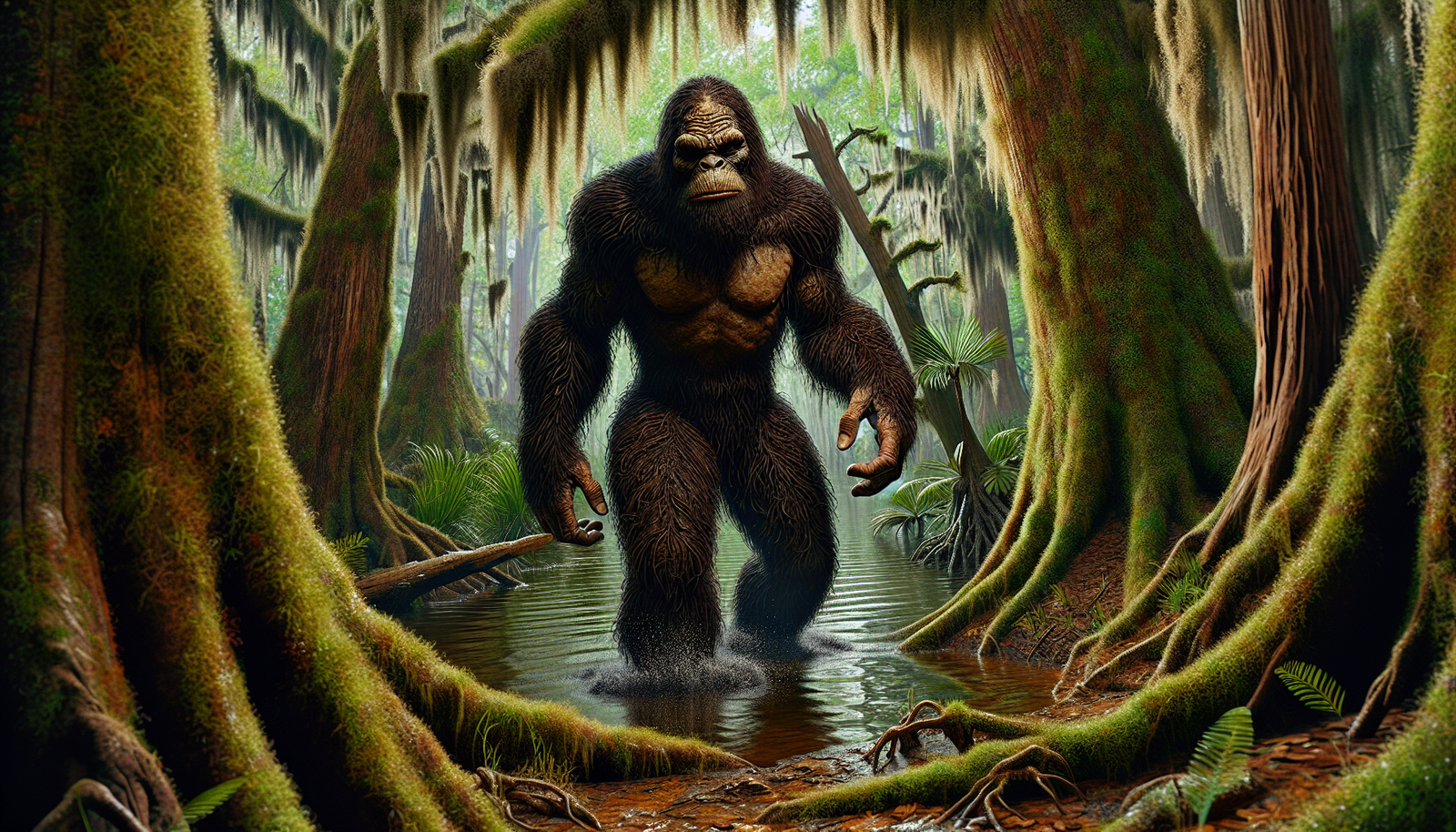
By Lucas Jennings, Cryptozoologist
In the realm of cryptozoology, few creatures have captured the human imagination quite like Bigfoot. This elusive, ape-like being, said to roam the forests of North America, has been the subject of countless stories, investigations, and debates. And while Bigfoot sightings have been reported across the country, there's one state that stands out as a particularly rich source of Sasquatch lore: South Carolina.
As an adventurous naturalist and cryptid researcher, I've long been fascinated by the Palmetto State's history of Bigfoot encounters. From the misty swamps of the Lowcountry to the rugged foothills of the Blue Ridge Mountains, South Carolina has been a hotbed of Bigfoot activity for decades. But what is it about this state that seems to attract the legendary creature? And what can we learn from the patterns and consistencies in these sightings?
In this article, we'll take a deep dive into South Carolina's Bigfoot phenomenon, examining recent high-profile sightings, historical context, geographic hotspots, and potential connections to other cryptid creatures. We'll also grapple with the skepticism surrounding Bigfoot and the ongoing search for definitive proof of its existence. By the end, we'll have a clearer picture of the mysteries and allure of South Carolina's resident Sasquatch.
The 2022 Hunting Island State Park Sighting
Let's start with one of the most recent and compelling Bigfoot sightings in South Carolina. On August 2, 2022, three visitors to Hunting Island State Park in Beaufort County reported a close encounter with a large, bipedal creature. The incident, classified as a "Class A" sighting by the Bigfoot Field Researchers Organization (BFRO), occurred around noon as the witnesses were driving along the exit road from the park's lighthouse.
According to the report, the creature walked quickly across the road, just 15-20 feet in front of their car. They described it as being between 5 and 6 feet tall, with human-like legs and dark brown or black hair about 2 inches long. The sighting was brief, lasting only a few seconds before the creature disappeared into the dense palmetto and pine forest.
What makes this sighting particularly noteworthy is the credibility of the witnesses. The primary reporter was Dr. Robert Frady, a retired forensic psychologist, who was accompanied by his brother and sister, also retired professionals. The trio has been visiting Hunting Island since the 1950s and had never encountered anything like this before.
Immediately after the sighting, the witnesses reported the incident to the Hunting Island State Park office. The park superintendent took their account seriously, deeming it a "credible incident" and initiating an investigation. This official acknowledgment adds weight to the sighting and suggests that even those in positions of authority are open to the possibility of Bigfoot's presence in the area.
Other Recent South Carolina Bigfoot Sightings
The Hunting Island encounter is far from an isolated incident. Just a month earlier, in July 2022, a professional forester working for Duke Energy reported a Class B Bigfoot sighting near a powerline cut in York County, close to the town of Clover.
The forester noticed a large, oval depression in the grass, as if a sizable creature had been sleeping there regularly. He also heard distinct "wood knocks" coming from the surrounding woods—a sound that Bigfoot researchers believe the creatures use to communicate.
Interestingly, the BFRO has noted a correlation between Bigfoot sightings and powerline cuts or easements, suggesting that these linear clearings may serve as travel routes for the elusive beasts. The organization's classification system, which categorizes sightings based on the clarity of the encounter and the potential for misidentification, helps to prioritize and analyze these reports.
What's striking about these recent sightings is the consistency in the descriptions of the creature. Witnesses consistently report a large, bipedal figure covered in dark hair, with human-like features and proportions. This consistency, across different locations and contexts, lends credibility to the idea that there may indeed be an undiscovered species lurking in South Carolina's forests.
Historical Context of Bigfoot Sightings in South Carolina
South Carolina's Bigfoot sightings are not a recent phenomenon. Reports of strange, ape-like creatures in the state date back decades, with one of the earliest documented encounters occurring in 1964 at Fort Jackson in Richland County.
The witness, a U.S. Army soldier on a training mission, found himself alone in the woods at night with no moon. He reported hearing something large approaching and, when he called out, the creature (or creatures) quickly fled into the brush, making a bizarre, "backwards growling" sound.
Fast forward to 1983, and we have another compelling report from Wateree State Park in Kershaw County. A respected member of the community claimed to have encountered a large, black, hairy creature standing over 6 feet tall, with glowing red eyes and a strong, rotting odor. The witness, though shaken, was adamant about what he had seen.
But perhaps the most famous cryptid in South Carolina's history is the Lizard Man of Bishopville. First spotted in 1988 by a teenage boy, this scaly, humanoid creature was said to have attacked several vehicles that summer in Lee County. While the Lizard Man sightings eventually tapered off, the legend has persisted, with Bishopville even hosting an annual "Lizard Man Stomp" festival.
What's interesting is that Lee County has also been a hotspot for Bigfoot activity, with the most reported sightings of any county in the state. This overlap raises intriguing questions about the relationship between these cryptid creatures and the local environment.
Geographic Patterns and Hotspots for Bigfoot Activity
Speaking of geographic patterns, the BFRO's data reveals that Bigfoot sightings have been reported in 27 of South Carolina's 46 counties. While the creatures seem to be widely distributed across the state, certain areas stand out as hotspots for Sasquatch activity.
In addition to Lee County, Oconee, Orangeburg, Berkeley, and Horry counties have all had multiple Bigfoot reports over the years. These sightings tend to cluster around specific landscape features, such as swamps, rivers, and powerline cuts, suggesting that Bigfoot may prefer these habitats for their cover and resources.
There also appears to be a seasonal pattern to the sightings, with more reports coming in during the warmer spring and summer months. This could be due to increased human activity in the outdoors during these seasons, leading to more opportunities for encounters. Alternatively, it might reflect the creatures' own seasonal behaviors or migration patterns.
By mapping out these geographic and temporal trends, researchers can start to build a more comprehensive picture of Bigfoot's potential range and habits in South Carolina. This information can guide future investigations and help to target areas for more intensive study.
Connections to Other South Carolina Cryptids
Bigfoot isn't the only mysterious creature said to roam South Carolina's wilds. The state is home to a veritable menagerie of cryptids, each with its own unique legend and history.
We've already mentioned the Lizard Man of Bishopville, a scaly, humanoid creature that bears some similarities to Bigfoot in terms of its size and elusiveness. But there are other, lesser-known cryptids that also warrant attention.
The Catawba River Runner, for example, is a serpentine water monster said to inhabit the Catawba, Wateree, and Congaree river systems. Could this aquatic enigma be related to reports of Bigfoot-like creatures emerging from South Carolina's waterways?
Then there's the Thunderbird, a massive, pterosaur-like bird allegedly spotted in the Santee region. With its impressive size and prehistoric appearance, the Thunderbird shares some qualities with Bigfoot, namely its ability to evade capture and defy conventional scientific explanation.
Some researchers have speculated that these various cryptid sightings could be evidence of an undiscovered ecosystem of rare or unknown species in South Carolina. Perhaps the state's diverse landscapes and habitats have provided a refuge for creatures that have managed to avoid detection by mainstream science.
Of course, this idea is highly speculative and controversial. But it's a tantalizing possibility that keeps many cryptozoologists and adventurous naturalists like myself motivated to keep searching for answers.
Bigfoot's Place in South Carolina's Culture and Festivals
Regardless of one's personal beliefs about Bigfoot's existence, there's no denying that the creature has left an indelible mark on South Carolina's culture and identity. Nowhere is this more evident than in the annual South Carolina Bigfoot Festival, held each October in the small town of Westminster.
The festival, which draws Sasquatch enthusiasts from across the country, celebrates Oconee County's status as a Bigfoot hotspot. Attendees can enjoy Bigfoot-themed events, listen to expert speakers, browse vendor booths, and swap stories with fellow believers. It's a testament to the enduring fascination and sense of community that surrounds the Bigfoot phenomenon.
Not to be outdone, Bishopville also celebrates its cryptid heritage with the Lizard Man Stomp festival. This event, though smaller in scale than the Bigfoot Festival, showcases the town's pride in its scaly resident and attracts visitors curious about the legend.
Beyond these local celebrations, South Carolina's cryptids have also found their way into popular culture. The Animal Planet series "Finding Bigfoot" featured an episode dedicated to Sasquatch sightings in the Carolinas, including several from South Carolina. And there's no shortage of books, podcasts, and online communities devoted to exploring and debating the state's rich Bigfoot lore.
This cultural embrace of Bigfoot and other cryptids speaks to the power of these legends to capture our imaginations and bring people together around a shared sense of mystery and wonder. Whether or not one believes in the creatures themselves, the stories and traditions that have grown up around them are a vital part of South Carolina's heritage.
Skepticism and the Ongoing Search for Proof
Of course, not everyone is convinced that Bigfoot is real. The scientific community, in particular, remains largely skeptical of the creature's existence, citing the lack of conclusive physical evidence such as bodies, bones, or DNA samples.
Many mainstream researchers attribute Bigfoot sightings to misidentifications of known animals, such as bears or even large, upright-walking humans. Others dismiss the reports as hoaxes or tall tales, arguing that the consistency in witness descriptions could be the result of cultural conditioning or the power of suggestion.
These are valid concerns, and it's important to approach any extraordinary claim with a healthy dose of skepticism. The burden of proof falls on those who assert Bigfoot's existence, and the challenges of documenting an elusive, possibly nocturnal creature in dense forest habitats are formidable.
However, the sheer volume and consistency of Bigfoot sightings in South Carolina and beyond is difficult to dismiss entirely. While any individual report might be explained away, the cumulative weight of the evidence suggests that there may be something more to the phenomenon than simple misidentification or hoaxing.
This is where organizations like the BFRO come in. By investigating sightings, interviewing witnesses, collecting physical evidence, and exploring known hotspots, these dedicated researchers are working to build a case for Bigfoot's existence that can withstand scientific scrutiny.
It's a daunting task, and definitive proof may continue to elude us for years to come. But the search itself is a valuable endeavor, pushing us to question our assumptions about the natural world and to keep an open mind about the possibilities that lie beyond our current understanding.
The Broader Significance of South Carolina's Bigfoot Phenomenon
So what can we learn from South Carolina's rich history of Bigfoot sightings? On one level, the phenomenon speaks to the enduring human fascination with the unknown and the mysterious. Bigfoot, like other cryptids, represents a challenge to our established view of the world, a reminder that there may be things out there that defy our current scientific paradigms.
In this sense, the Bigfoot legend is not just about a specific creature, but about the limits of our knowledge and the potential for discovery. It's a symbol of the wild, untamed aspects of nature that still elude our understanding, and a call to keep exploring and questioning.
At the same time, the Bigfoot phenomenon also reflects deeper aspects of human psychology and our relationship with the natural world. The idea of a large, humanoid creature living in the wilderness taps into primal fears and fantasies, blurring the lines between the civilized and the wild, the known and the unknown.
For some, Bigfoot represents a connection to a more primal, untamed version of ourselves, a link to our evolutionary past and our place in the natural order. For others, the creature is a guardian or steward of the forest, a symbol of the importance of preserving wild spaces and the creatures that inhabit them.
Ultimately, the study of Bigfoot and other cryptids is about more than just proving or disproving their existence. It's about the process of discovery itself, the thrill of the hunt, and the willingness to keep an open mind while also maintaining scientific rigor and skepticism.
Whether or not Bigfoot is ever definitively proven to exist, the legends and traditions surrounding the creature will continue to shape our imaginations and our relationship with the natural world. And as long as there are wild places left to explore and mysteries left to unravel, adventurous naturalists and curious minds will keep searching for answers.
From Bigfoot to UFOs: Hangar 1 Publishing Has You Covered!
Explore Untold Stories: Venture into the world of UFOs, cryptids, Bigfoot, and beyond. Every story is a journey into the extraordinary.
Immersive Book Technology: Experience real videos, sights, and sounds within our books. Its not just reading; its an adventure.




